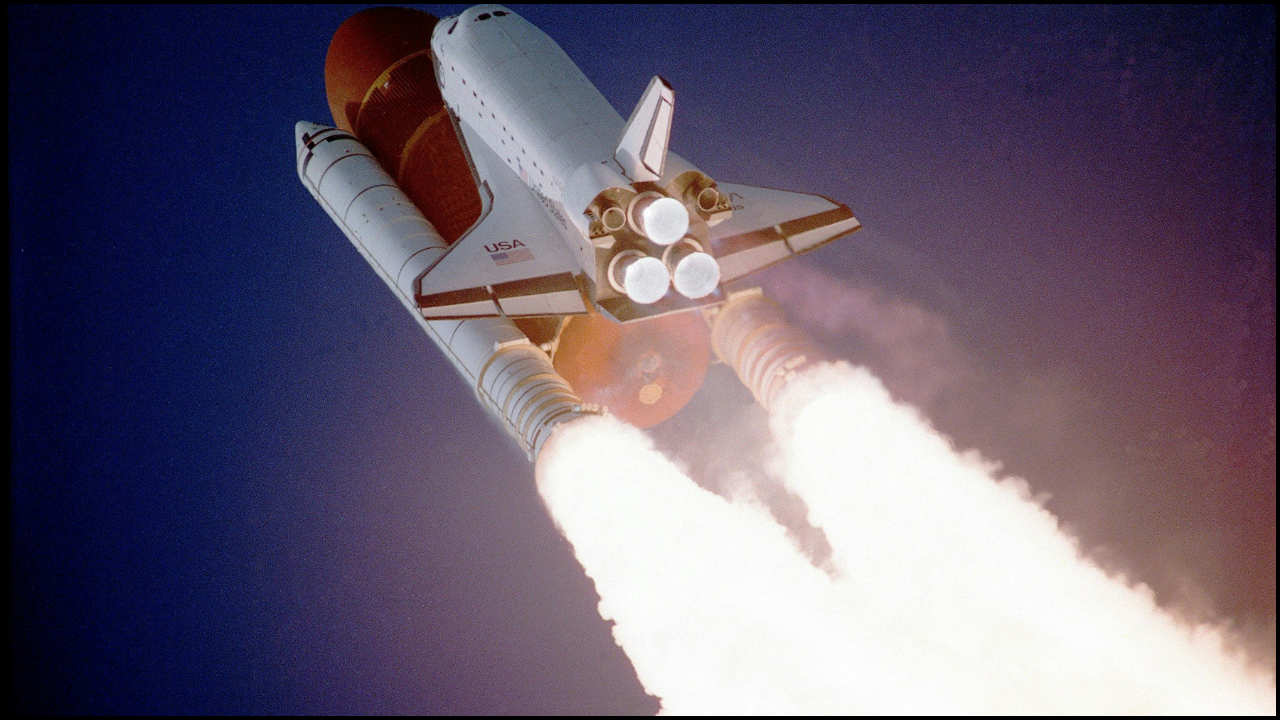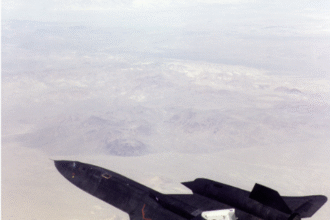Remember the dizzying heights of 2021-2022, when NFTs exploded onto the scene, promising a revolution in digital ownership? In the gaming world, these non-fungible tokens were touted as the future, offering players “true ownership” of in-game assets, the ability to “play-to-earn,” and entirely new digital economies. Then came the crash, the widespread skepticism, and a torrent of negative player sentiment. For a while, it seemed like NFT gaming was dead in the water.
Fast forward to 2025, and a surprising development is unfolding: NFTs are quietly making a comeback in gaming. Major studios and indie developers alike are once again exploring and integrating blockchain technology and digital collectibles into their titles. But here's the crucial question: after the initial backlash, are players actually okay with it?
Let's dive into the current landscape of blockchain gaming, examine what's different this time around, and weigh the benefits against the ongoing concerns from the gaming community.
The Great NFT Gaming Reckoning: What Went Wrong?
To understand the present, we need to briefly revisit the past. The initial wave of NFTs in gaming was met with overwhelming resistance for several key reasons:
- Speculation Over Gameplay: Many early “play-to-earn” (P2E) games felt less like engaging entertainment and more like glorified clickers designed solely for earning cryptocurrency. The focus was on monetary gain, not fun.
- Environmental Concerns: The energy consumption of early proof-of-work blockchains (like Ethereum 1.0) raised significant environmental red flags for eco-conscious gamers.
- “Pay-to-Win” Fears: Players worried that NFTs would exacerbate existing pay-to-win mechanics, locking desirable items or advantages behind expensive digital assets.
- Scams and Rug Pulls: The nascent NFT market was unfortunately rife with fraudulent projects, leading to widespread distrust and financial losses for early adopters.
- Lack of Utility: Many NFTs offered little to no actual utility within games, feeling like glorified JPEGs with exorbitant price tags.
- Publisher Greed: Gamers often perceived NFT implementation as a cynical cash grab by large publishers, rather than a genuine effort to enhance the player experience.
- High Fees and Friction: Early blockchain games often involved high “gas fees” and complex processes for buying, selling, and transferring digital assets, creating a barrier to entry for casual players.
This widespread skepticism led to review bombing, social media boycotts, and a general consensus that NFTs were bad for gaming.
The Quiet Return: What's Different in 2025?
Despite the initial rocky reception, many developers and investors never truly abandoned the potential of blockchain gaming. In 2025, the conversation has matured, and the approach is far more nuanced.
- Focus on Gameplay First: The biggest shift is a fundamental rethinking of design. Newer Web3 games are prioritizing engaging gameplay, compelling narratives, and polished mechanics before integrating blockchain elements. NFTs are being introduced as enhancements to the game, not the core reason to play.
- Utility and Ownership (Done Right): Instead of purely speculative collectibles, in-game NFTs are now often tied to real utility. This includes:
- True Ownership of Assets: Players genuinely own unique skins, weapons, characters, or virtual land that they can trade, sell, or even use across different games (interoperability).
- Player-Driven Economies: In successful titles, players can create, collect, and monetize assets, fostering vibrant internal economies.
- Governance Tokens: Some NFTs offer players a voice in game development decisions through decentralized voting, providing a sense of genuine community ownership.
- Sustainable “Play-and-Earn” Models: The term “play-to-earn” is being replaced by “play-and-earn” or “earn-while-playing,” emphasizing that the primary motivation should be enjoyment, with earning as an added benefit. Games are experimenting with tokenomics to balance supply and demand, introducing staking, and diversifying rewards beyond volatile tokens.
- Technological Advancements:
- Layer-2 Solutions & Eco-Friendly Blockchains: The shift to more energy-efficient proof-of-stake blockchains and Layer-2 scaling solutions (like Polygon, Immutable X, Ronin) has drastically reduced environmental impact and transaction fees, addressing major pain points.
- Improved User Experience: On-ramps for new players are easier, with simplified wallet integrations and smoother asset transfers between chains via maturing cross-chain bridges.
- Big Players Are Still Investing: Major gaming companies like Ubisoft and Square Enix continue to experiment with NFTs, albeit cautiously. New dedicated blockchain gaming companies like Mythical Games, Immutable, and Sky Mavis are leading the charge, having secured significant investments. The market for blockchain gaming is projected to reach $85 billion in 2025, indicating serious industry commitment.
Are Players OK With The Return of NFTs? The Mixed Signals
This is where it gets tricky. Player sentiment towards NFTs in gaming remains divided, but there's a growing segment that is more open to the concept, particularly as the implementation improves.
The Pro-NFT/Open-Minded Player:
- True Ownership: The idea of genuinely owning rare in-game items, rather than just licensing them, resonates strongly. It means if a game shuts down, your investment isn't necessarily lost.
- Potential for Resale Value: The ability to sell items earned or purchased in-game on a secondary market offers a real financial incentive and can even allow players to recoup costs.
- Interoperability: The tantalizing promise of using an item from one game in another (e.g., a sword from an RPG becoming a cosmetic in a metaverse) is a powerful futuristic vision for some.
- Community and Governance: Being able to actively participate in the direction and economy of a game through token ownership appeals to a segment of engaged players.
- New Gameplay Mechanics: NFTs can unlock unique quests, exclusive content, or specialized crafting systems, enhancing the gameplay experience.
The Skeptical/Anti-NFT Player:
- Distrust Lingers: The memory of past scams and exploitative practices is hard to erase. Many gamers remain wary of anything associated with the term “NFT.”
- “Just Another Microtransaction”: For many, NFTs are just another form of monetization, often viewed as more predatory than traditional cosmetic microtransactions.
- Environmental Concerns (Still Present): While improved, the environmental impact of blockchain technology is still a concern for some, even with more efficient chains.
- Focus on Fun Over Finance: The core desire for many gamers is simply to play and enjoy a well-made game, without the added layer of financial speculation or “grinding for value.”
- Technical Barriers: Despite improvements, dealing with crypto wallets and blockchain transactions can still be intimidating for non-tech-savvy players.
Conclusion: A Winding Road to Acceptance
NFTs are indeed making a quiet return to gaming in 2025, driven by lessons learned from past mistakes, significant technological advancements, and a renewed focus on player-centric design. The industry is moving away from speculative “play-to-earn” hype and towards “play-and-own” models where digital assets offer genuine utility and enhance the gaming experience.
However, widespread player acceptance is still a significant hurdle. The scars from the initial boom-and-bust cycle run deep, and many gamers remain staunchly anti-NFT. For blockchain gaming to truly succeed, developers must continue to build high-quality games first, transparently communicate the genuine benefits of digital ownership, and actively address environmental and ethical concerns.
The future of gaming and NFTs isn't a simple “yes” or “no.” It's a journey of cautious integration, continuous innovation, and a constant dialogue with the gaming community. As the benefits become more tangible and the implementation more seamless, we might see more players slowly, but surely, become okay with owning a piece of their favorite virtual worlds. The quiet comeback is underway, but whether it turns into a loud embrace depends entirely on earning back the trust of the very players it hopes to serve.










